In Forests News last week:

Keeping the peace in a national park buffer zone
When access to the Kaboré Tambi National Park in southern Burkina Faso was restricted in 1997, surrounding pastoralist communities faced being cut off from the land they used for their animals. Recognizing this, the government created a buffer zone outside the park boundary for the pastoralists, offering them a space to settle and their livestock a place to graze.Watch Arba Sondé of Burkina Faso talk about the issues here.
In the news:

Scientists argue in favour of selective animal culls
Scientists including Prof Kartik Shanker from the Indian Institute of Science have challenged the ‘do not harm’ tenet of ‘compassionate conservation’. Shanker told the BBC that there is a conservation case for culling numbers of invasive species in order to protect biodiversity. ‘It is clear that there are numerous incidences where taking a compassionate conservation approach clearly does not look at the larger goals of biodiversity conservation,’ Prof Shanker said.
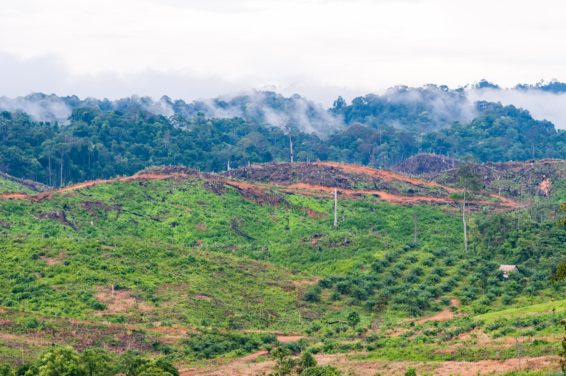
Landscape of the countryside in East Kalimantan, Indonesia. Photo by CIFOR
What to do about illegal logging?
Asia Times reports on the failure of the Indonesian certification scheme for timber exports to the EU that has seen authorities seize 422 containers of illegal timber since last December. Meanwhile, five Solomon Island protestors have been imprisoned for trying to stop the illegal logging of their island’s primary forests. The five ‘environmental Nelson Mandelas’ have been fighting ‘brazen’ loggers since 2017, destroying bridges and torching bulldozers, after legal routes failed amid accusations of government corruption.
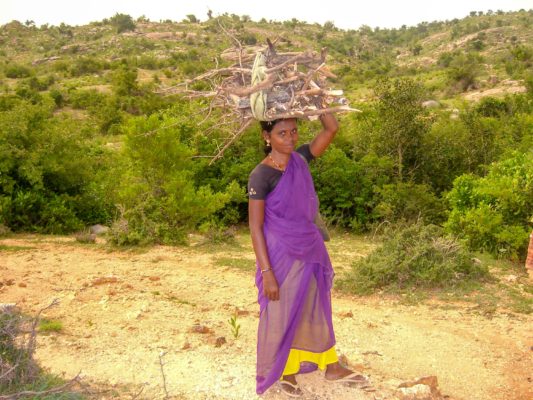
India woman holding firewood on her head. Photo by Nining Liswanti/CIFOR
The Green Refugees of India
National Geographic published this feature on the delicate balance between indigenous land rights and forest conservation in India. Forests News reported on this story back in February, when the Indian supreme court ordered the eviction of up to seven million Adivasi indigenous people from their forest homes. The case hinges on the need to protect India’s ‘increasingly fragmented’ 438 million hectares of forests and the rights of the indigenous people who are being turned into ‘green refugees’.
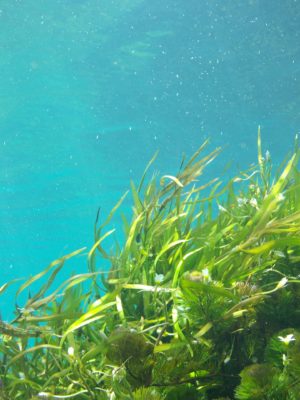
Arctic Forests Expanding
Warming sea temperatures in the Arctic is good news for underwater kelp forests. Yes – there are forests in the Arctic! A single kelp plant can play host to as many as 100,000 small invertebrates, and the kelp forests are vital for animals higher up the food chain that depend on these creatures. The forests also protect coastlines and reduce erosion – and more and more of the iron-rich plant is finding its way onto our plates. With temperatures set to continue their upward trajectory, we will be hearing a lot more about Arctic kelp in the coming years.
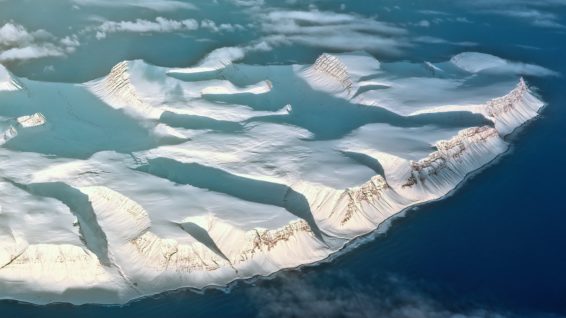
Antarctica Ice Sheets Thinning
Sticking with cold climates, the Guardian reports on recently published satellite data that shows the ‘extraordinary thinning’ of ice sheets in Antarctica. The new research shows that warming sea temperatures mean ice from the West Antarctica sheet is now being lost five times faster than in the 1990s. The study estimates that melting West Antarctica ice has caused sea levels to rise 5mm since 1992. Not good news.
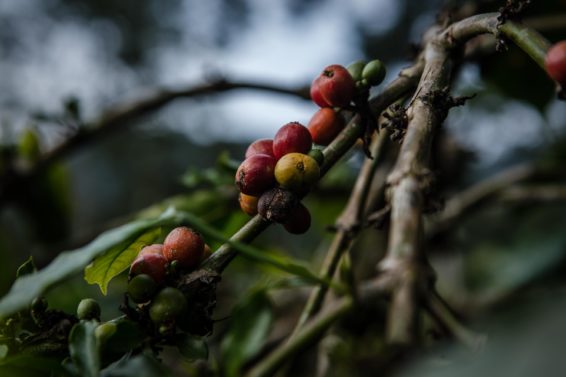
One of the tops of the Himalayas at Nalma, Lamjung, Nepal. Photo by CIFOR
A new high for Thai indigenous tribes
Reuters features the success of the Doi Tung Development Project in Thailand’s infamous ‘golden triangle’. The project has empowered indigenous tribes to transition from opium cultivation to coffee and macadamia crops. One of the beneficiaries says: ‘If the project had not started, I would not be alive today.’
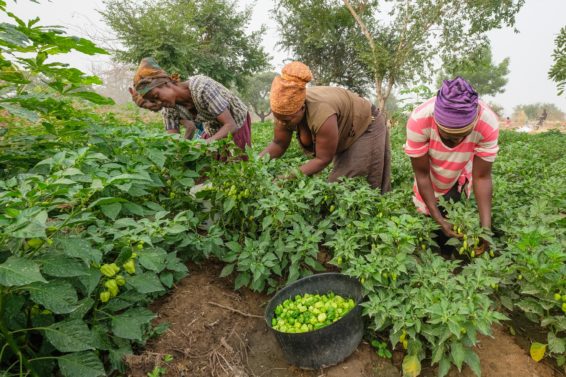
Hot peppers harvesting near Tono dam, Kassena Nankana District – Ghana. Photo by Axel Fassio/CIFOR
FAO Deputy Director General: Food security depends on biodiversity
In this article for Afrik21, Deputy Director General of FAO Maria Helena Semedo calls for new models of biodiversity management. According to the scientific data, biodiversity is on the decline worldwide – and yet it is essential for every stage of food production. With undernourishment affecting a fifth of Africa’s population, Semedo urges political leaders to ‘rethink and transform agricultural and food systems’. Our food security depends on biodiversity so we have everything to gain from better conservation.
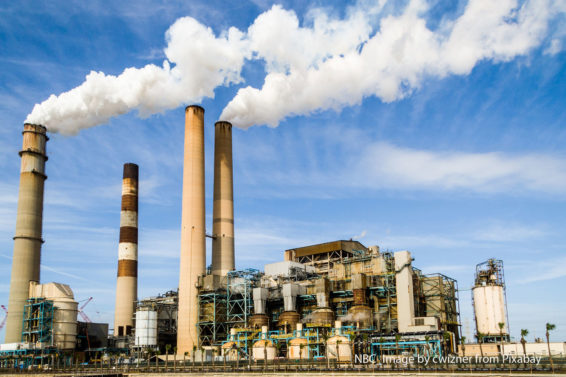
Carbon dioxide from the factory. Photo by Cwizner/Pixabay
CO2 hits 415ppm; new models predict +4C temperature rise
The last time that the concentration of carbon dioxide in the Earth’s atmosphere was this high was 3 million years ago, NBC News reports. Meanwhile, the Observer looks into what might happen if, as new models forecast, global average temperatures hit 4C above the pre-industrial baseline. Worst case scenario: the human population crashes to less than 1 billion. Best case scenario: a few mega-rich get to ‘watch whatever is the successor to Game of Thrones on TV, as the natural world decays around them’.
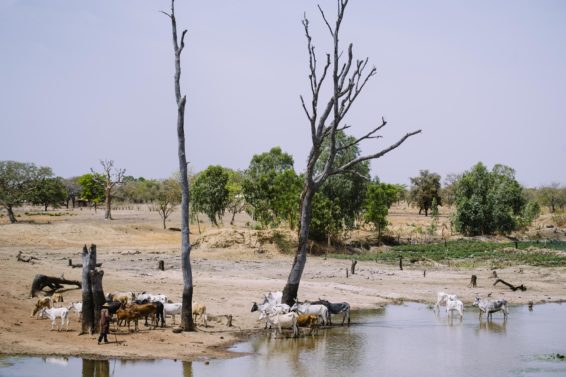
A farmer tends a small herd of cattle by a reservoir in Taré, between Ouagadougou and Leo, Burkina Faso. Photo by Ollivier Girard/CIFOR
It’s not ‘climate change’, it’s a ‘climate crisis’
The Guardian has updated its style guide to recommend journalists use terms that more accurately reflect the science of climate change – sorry – the science of the climate crisis. The Guardian are following the lead of UK MPs, the UN secretary general, Angela Merkel, the EU, the UK Met Office and the pope, who have all stepped up their language when talking about the current ‘catastrophe’. As Greta Thunberg, the Swedish teenager who has inspired global climate school strikes, said: ‘Can we all now call it what it is: climate breakdown, climate crisis, climate emergency?’

Colorful fuel pump on the gas station.
Fossil fuel-free by 2050: Costa Rica leads the world
Costa Rican President Alvarado told the New York Times that the climate crisis is ‘the greatest task of our generation’. Costa Rica’s National Decarbonization Plan has put the country on the path to being carbon-neutral in just three decades. Electricity is already largely drawn from renewable resources, and forest cover has doubled in the last 30 years to cover half the land surface – a huge carbon sink. There are, of course, great challenges, but as Costa Rican first lady and urban planner Claudia Dobles said: ‘We need to start providing answers.’
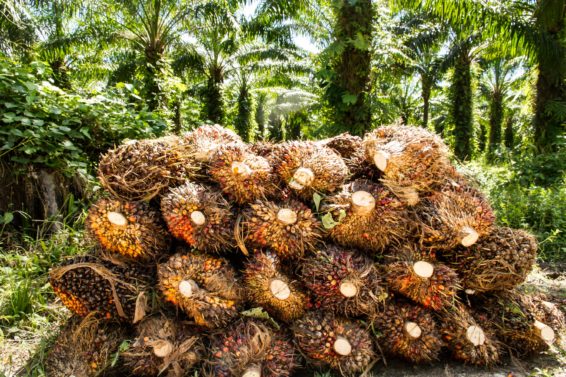
Collected oil palm fruits. Photo by Juan Carlos Huayllapuma/CIFOR
Palm oil in Nigeria: Back to the glory days?
Pawan Sharma, CEO of Tolaram West Africa, has urged the Nigerian government to support new palm oil plantations and take the country ‘back to the old glory days of being the largest palm oil producer’.
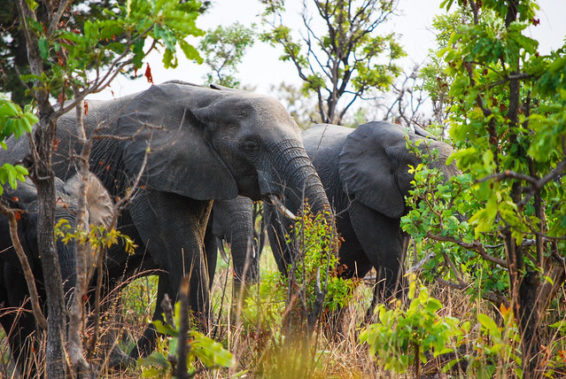
The African Elephant (Loxodonta africana) the largest living land animal. Gorom, Cameroon. Photo by CIFOR.
Mozambique national park resurrected
Gorongosa National Park has been transformed into ‘human rights park’ after the forests and wildlife were devastated by civil war and poachers. National Geographic tells the story of how the US-based Carr Foundation has supported the restoration of the park and how populations of buffalo, hippos, elephants, waterbuck, lions and African wild dogs are rising after decades of decline. The project does not ignore the needs of local people either, with opportunities for farmers around the park boundaries and the establishment of 50 Girls’ Clubs that support education and women’s rights.
Podcast of the week:

Mushrooms growing on Danum Valley. Photo by Mokhamad Edliadi/CIFOR
A team of scientists have mapped the global underground network of fungi that connect trees. The new model could help predict and assess climate change, as well as aid forest managers in the restoration of woodlands around the world. Listen to scientist Tom Crowther on BBC Sounds: Science in Action.

Your Questions About Food and Climate Change, Answered
We want you to share Forests News content, which is licensed under Creative Commons Attribution-NonCommercial-ShareAlike 4.0 International (CC BY-NC-SA 4.0). This means you are free to redistribute our material for non-commercial purposes. All we ask is that you give Forests News appropriate credit and link to the original Forests News content, indicate if changes were made, and distribute your contributions under the same Creative Commons license. You must notify Forests News if you repost, reprint or reuse our materials by contacting forestsnews@cifor-icraf.org.
